This week, I’m highlighting the highly successful COVID 2 Home Program that our community developed in response to the rapid increase in severe COVID-19 cases in our region. I spoke with Dr. Danielle Fitzsimmons-Pattison, the medical director of the COVID 2 Home Program and an FM faculty member in our residency program.
Dr. Fitzsimmons-Pattison emphasized that this program was a community collaboration that has built on existing relationships across a number of organizations including Doña Ana County, our family medicine residency program, Memorial Medical Center, Mountain View residency programs and hospital, Electronic Caregiver, the New Mexico Medical Reserve Corps (MRC), New Mexico State University, and Burrell College of Osteopathic Medicine. These relationships were critical to our ability to stand up the program quickly and respond effectively to community need.
The residency programs at the two hospitals (Memorial and Mountain View) and the New Mexico Medical Reserve Corps, which is a statewide health care professional volunteer organization under the Department of Health, provided the majority of the physicians for the program.
The physicians monitored patients with COVID in the community - at home or in hotels - which freed up beds, particularly for patients who would normally be admitted to the hospital for COVID-19 but have lower (or no) oxygen requirements. Electronic Caregiver provided the technology to support this home monitoring through providing an electronic documentation system and a box with a call button, thermometer, and pulse oximeter. The box also gave the patient verbal recorded instructions about how to use the pulse oximeter.
Dr. Fitzsimmons-Pattison noted that Memorial and Mountain View residents wer integral to this process, working alongside MRC volunteers in monitoring patients from one to multiple times a day telephonically. The overall feedback was very positive.
For example, one patient sent our program director an email commending our residents for their work in caring for her while she was in the COVID 2 Home Program. She said: “This program is the most amazing program and I truly believe that it is saving lives every day. The doctors I spoke with were the most caring and patient individuals I have ever encountered. There were a couple of days where I was not sure what I even told the doctor, and I feel they sensed that and called an extra time that day just to make sure I was doing better…I want you to know that all of the team was amazing.”
Thankfully, numbers of patients hospitalized with COVID-19 in our community has dropped to the point that we no longer need the program. During its existence, the COVID 2 Home program served over 200 patients, meaning that 200 beds in our hospital were available to others who needed them. While we were certainly stretched during the height of our COVID-19 cases, this program kept our hospital from being overwhelmed. This is the kind of work we are able to do when we look outward towards our community and work in collaboration to meet community needs.




